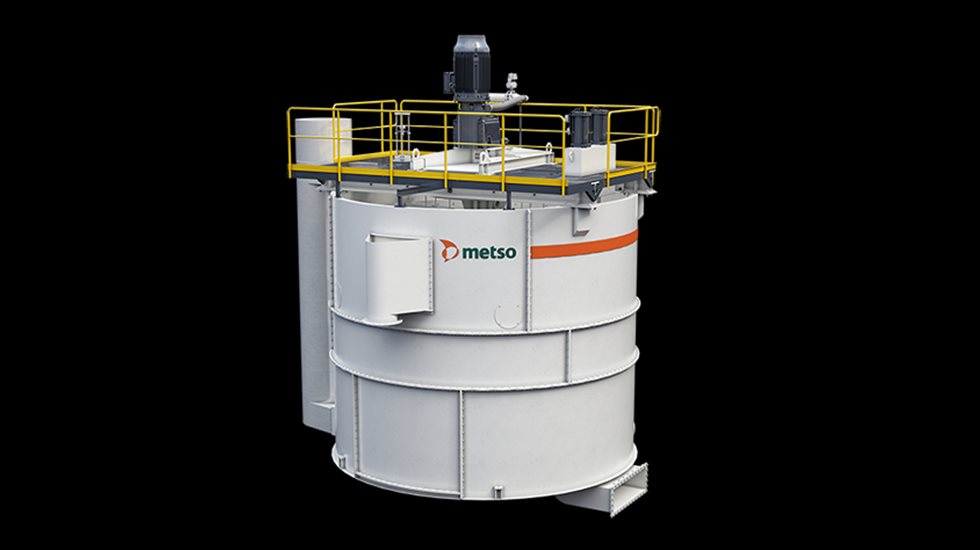Getting the most out of raw materials
Maximizing mineral recovery is an essential component for plant profitability and having the right flotation solution is important to improve resource recovery and further enhance return on investment. Without proper flotation, chances of lose greatly increase.
Having been around for over 100 years, froth flotation is considered as a widely used and highly versatile process for concentrating minerals from their ores. Its efficiency comes from the selective ability of separating hydrophobic from hydrophilic materials and is used to recover an array of minerals containing valuable commodities such as copper, lead, zinc, nickel, silver, gold, molybdenum, phosphate and potash among others.
As separation efficiency of a single flotation cell is limited, multiple cells are used to improve the recovery of valuable minerals.
Flotation performance matters
In today’s mining environment, every percentage matter. A slight change in performance can have a far-reaching impact on the productivity and profitability of your operations. One key area that needs to be focused is the performance of a flotation circuit.
Optimal mineral recovery in a flotation circuit depends on the capacity to adapt to metallurgical variability in the ore being processed. It is possible that some banks of flotation cells might not be recovering ore at their maximum levels due to air flow, feed, mechanical, hydraulic, reagent imbalances.
Recognizing the need for a solution that addresses these ever-challenging demands, Metso has made several advances in flotation design and technology. Combining its extensive flotation circuit analysis capabilities with patented DV™ (Deep Vane) mechanism, the RCS™ flotation cells have the potential to significantly cut operating costs and boost processing efficiency in any application for roughing, scavenging and cleaning duties.

